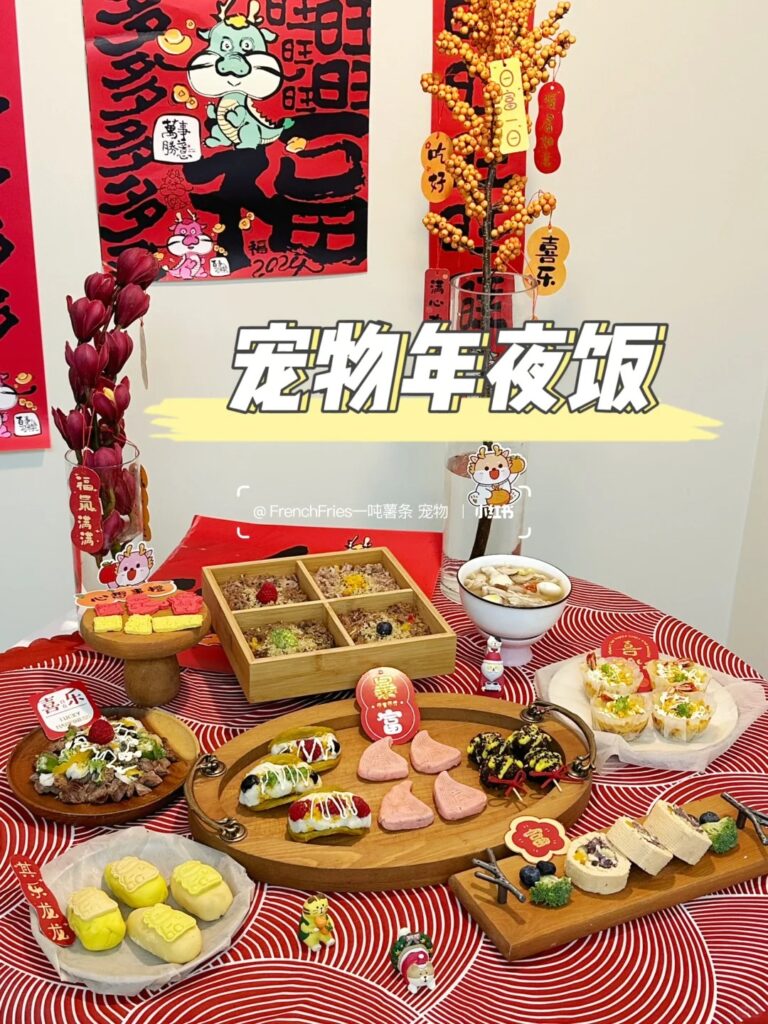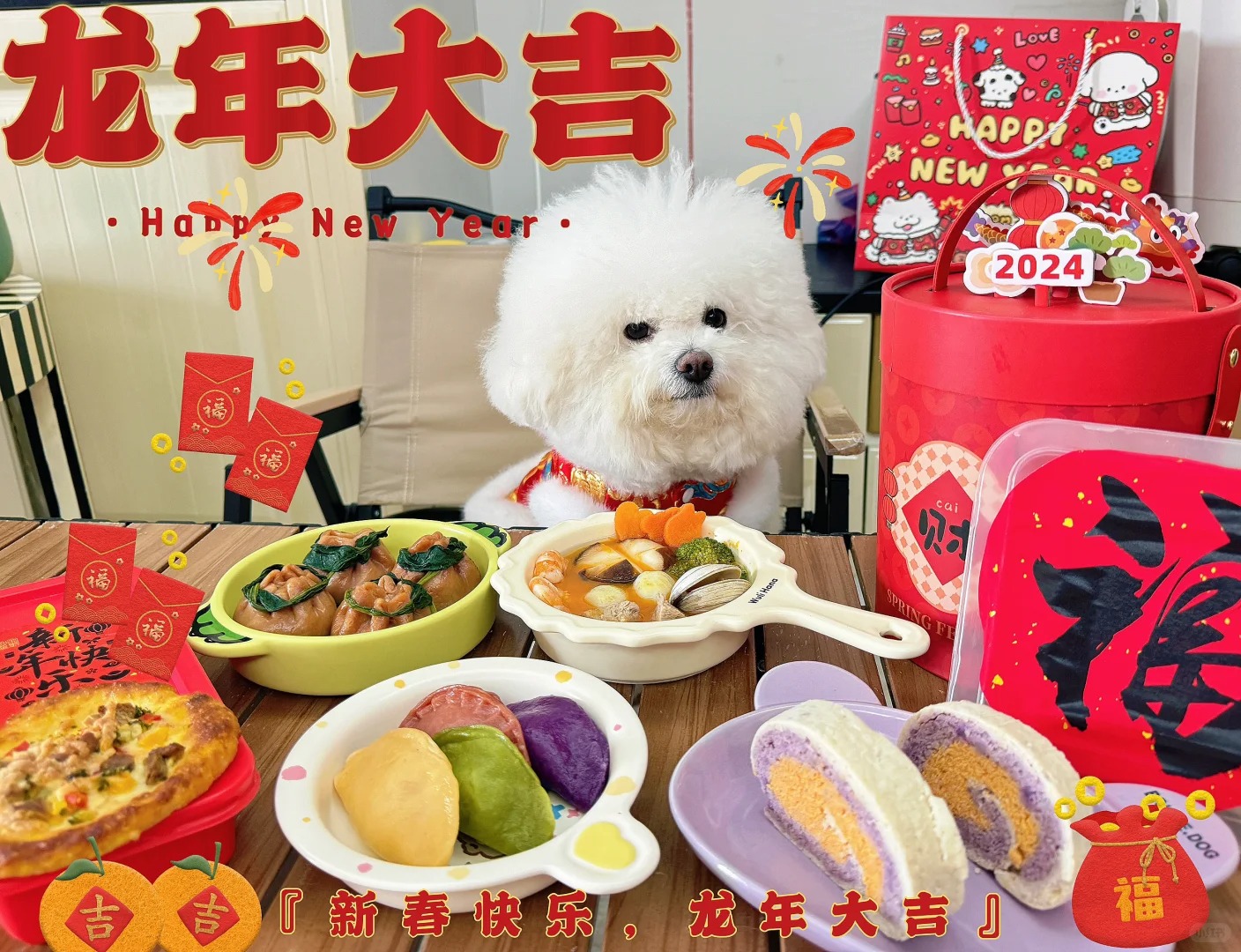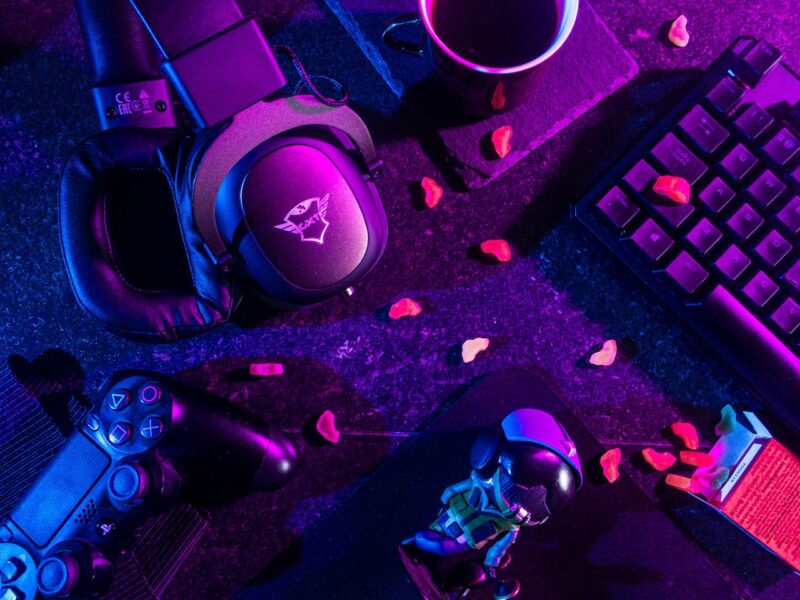On Friday February 9, China’s metropolises lay deserted. Across the nation, in towns and villages and small cities, extended families packed around tables to enjoy a reunion dinner, three or four generations together in one room. This is the classic image of how Chuxi 除夕 – the night before the first day of the Lunar New Year – should be spent.
But some do things a little differently. For a growing number of Chinese, mostly young professionals with white-collar jobs, chosen family trumps blood ties. This means ringing in the new year with those closest to them in their daily lives – their pets!
Pet food has become increasingly “involuted” as China’s pet ownership has swelled
More than just kibble
China’s middle-class pet owners are not shy about how much they love their furry friends, and, for the pet economy, this is excellent news. As the product category most directly related to pets’ health and wellbeing, pet food has become increasingly “involuted” as China’s pet ownership has swelled. Pet owners the world over are accustomed to filtering their food shop search based on age range, health condition, flavour, and type (e.g. wet food vs. dry). But in China this is just the beginning. Seasonal treats and meal sets for different holidays are now becoming a way to show an extra level of devotion.
New Year’s dinner sets for pets are already an established product category. Online sellers stock options costing anywhere from 20 RMB (2.81 USD) to 300 RMB (42 USD), with the typical bundle including items like low-salt and low-oil dumplings (high salt intake can cause extreme dehydration in dogs), freeze-dried fish, and tangyuan – glutinous rice balls.
“Pets’ New Year dinners have been selling very well in the past few years,” an employee at Tian Qi pet food brand said. “We put out thousands of bundles tailored to cats and dogs on the shelves about a month before New Year. They pretty much sell out before Spring Festival begins.”
Searches for pet New Year’s dinners surged 102% this year, along with other categories like New Year clothing and couplets tailored to pets. This reflects the steady growth trajectory of China’s pet economy as a whole, which is expected to be worth 800 billion RMB by 2025. The pet food market more specifically is set to grow at a CAGR of 17% between 2021 and 2026, according to a Deloitte industry white paper.
The pet food market is set to grow at a CAGR of 17% between 2021 and 2026
Going viral
This year, the fad was further fuelled by one content creator on Xiaohongshu, China’s Instagram-like platform and trendsetting hub.
Going by the handle @OreoSimbaMiniBobo, an amalgamation of her pets’ names, this creator is a pet person to her core (referred to as “Ms Oreo” from here on out). Ms Oreo has been vlogging about her pets’ diets since 2021 and her bio reads: “Family of six: one person, two dogs, three cats. After a few months of sharing pet food content, her posts started averaging a few hundred views and her pet food arrangements developed an unmistakable aesthetic. These arrangments, usually tagged “immersive pet food assortment” (沉浸式宠物配餐), feature intricately decorated dog biscuits and brightly coloured fruit and veg heaped on top of various high-quality canned meats.
This year, her New Year’s Eve dinner vlog garnered over 1,000 likes, catching the attention of several local news outlets. Commenters praised Ms. Oreo saying the meal was her most beautiful yet and joking that they are jealous of her pets. The vlogs have even inspired the formation of a community of like-minded pet owners who can join a group chat to discuss the art of pet fine dining.
Now, the hashtag “Pet New Year’s Eve dinner” (#宠物年夜饭) has amassed 4.2 million views and 13,000 related posts on the platform, an impressive figure not befitting such a seemingly niche endeavour. Surely few would go to such lengths for their pets. After all, can the average dog or cat appreciate the aesthetic beauty and meticulous care encapsulated by such a lavish feast?



Part of the family
But owners don’t really care whether their pets feel the sensory or nutritional benefit of a painstakingly prepared meal. They derive pleasure in the act of preparing the food, arranging it beautifully, and then sharing it on social media. All this is a memento of their love for their pet and brings a “sense of ceremony”. This buzzword (仪式感 in Chinese)encapsulates contentment through small acts of creativity, which can be self-rewarding or generous to others. While pets probably won’t grumble if they don’t get a special meal on Spring Festival, for owners it can make all the difference, as the act of over-the-top effort is the most festive of all.









